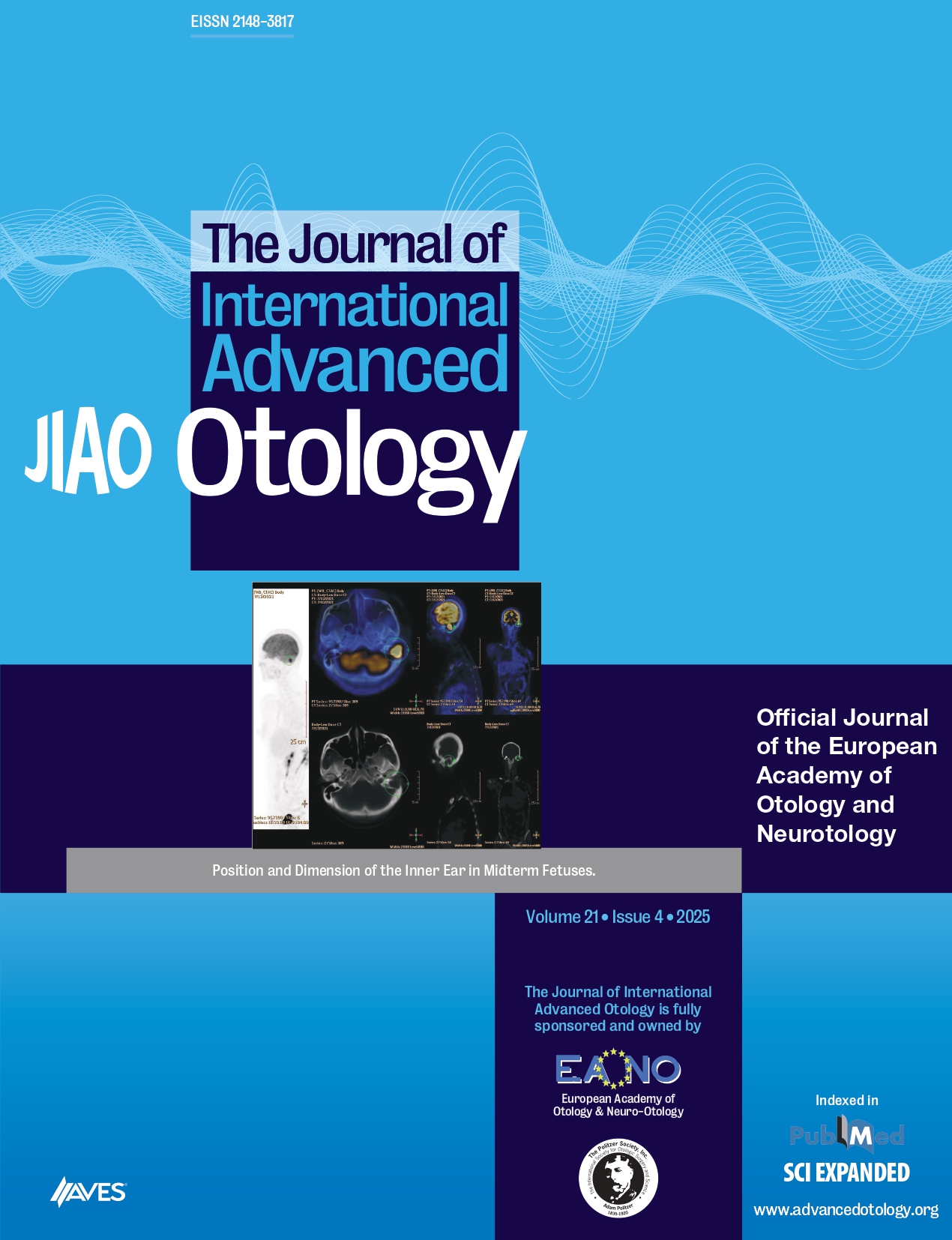Abstract
OBJECTIVE: The objective of this study was to explore the usefulness of 1000-Hz tone burst (TB) stimuli for detecting cervical vestibular-evoked myogenic potential (cVEMP) abnormalities in patients with a cochlear implant (CI).
MATERIALS and METHODS: Thirty asymptomatic patients who received unilateral CI because of severe bilateral sensorineural hearing loss were assessed for cVEMP produced by TB stimuli at two frequencies (500 and 1000 Hz) in the airway. VEMPs were recorded when the devices were switched to the on (CI-on) and off (CI-off) positions.
RESULTS: At the CI-on position, the surgical side (SS) 500-Hz response rates (15/30) were significantly higher than the SS 1000-Hz response rates (9/30) (p=0.031), while the non-operated control side (CS) 500-Hz response rates (20/30) were higher than the CS 1000-Hz response rates (18/30), but the difference was not significant (p=0.50). At the CI-on position, the SS 500-Hz response rates (15/30) were lower than the CS 500-Hz response rates (20/30), but the difference was not significant (p=0.063). However, the SS 1000-Hz response rates (9/30) were significantly lower than the CS 1000-Hz response rates (18/30) (p=0.004). When there was no significant difference between the 500-Hz amplitudes on either side, the SS 1000-Hz amplitudes were found to be significantly lower (p=0.04).
CONCLUSION: CIs have the potential to cause mechanical damage and electrical stimulation to the vestibular system. Possible implant-mediated mechanical damage and electrical stimulation in the high-frequency region affecting the cVEMP response could be found by a 1000-Hz stimulus.



.png)
.png)